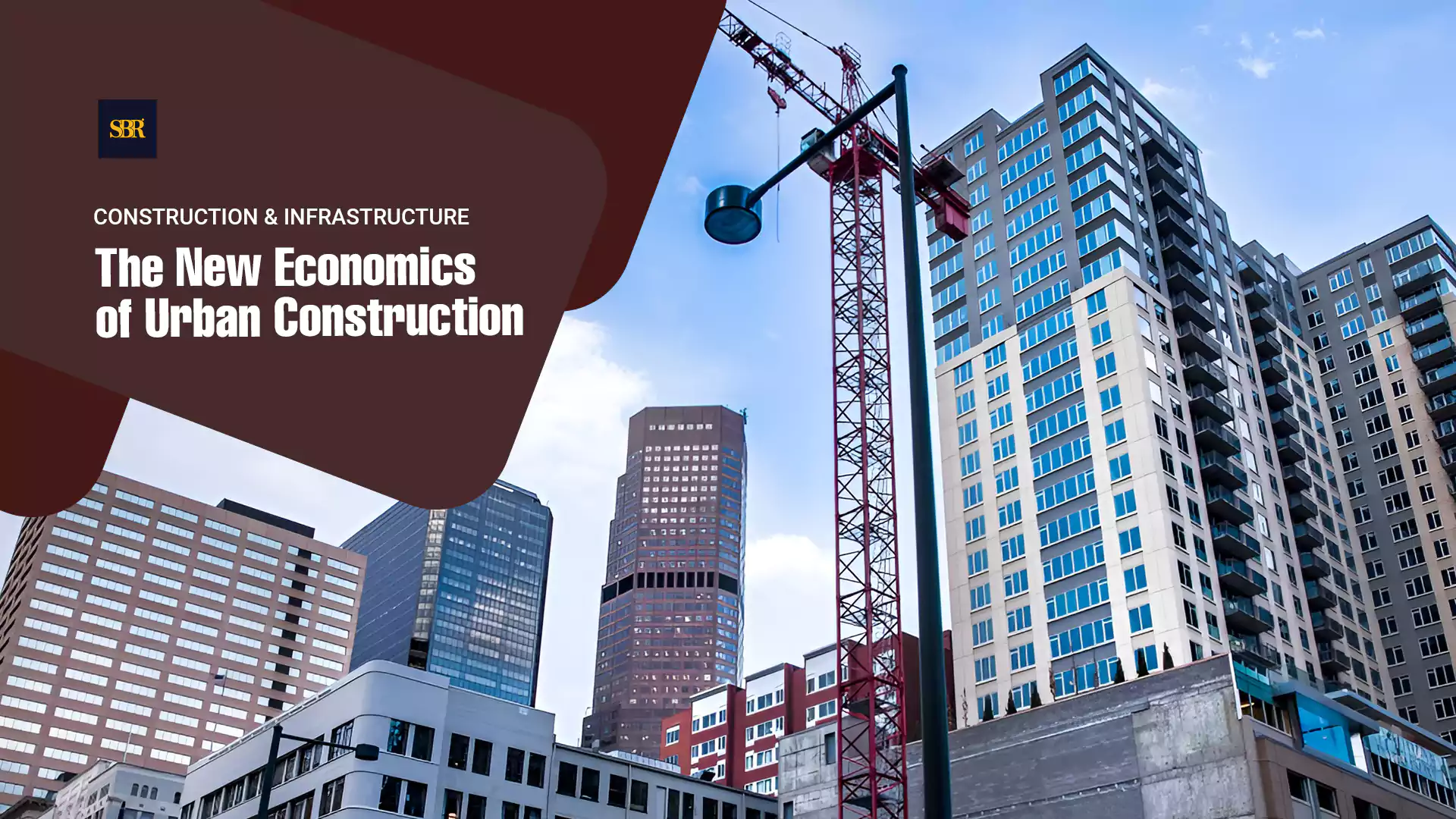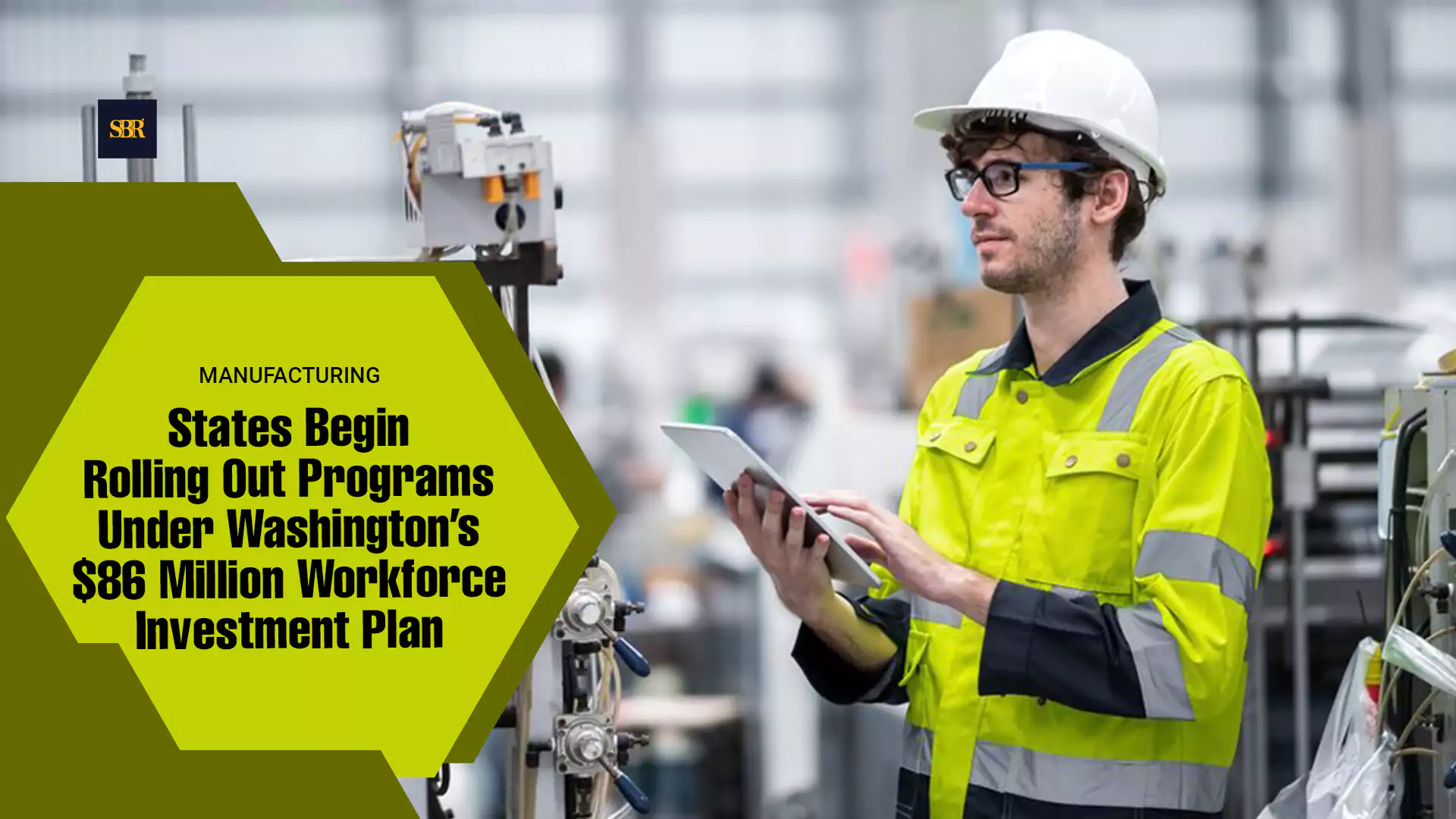ANALYSIS, May 12, 2025 — The construction industry has long been associated with traditional methods, where projects are often completed manually, and delays are common. However, technology is now playing a crucial role in changing this outdated landscape. ConTech, a blend of construction and technology, is quickly becoming a driving force in the industry. From AI and automation to drones and software solutions, construction technology is fostering innovation that promises to reshape how buildings and infrastructure are designed, built, and managed.
The Role of AI and Machine Learning in Construction
Artificial intelligence (AI) and machine learning are two of the most important technological developments in construction. These tools enable construction firms to predict outcomes, optimize workflows, and enhance decision-making processes. AI can be used in project planning, risk assessment, and even in the creation of 3D models. Machine learning algorithms analyze vast amounts of data to predict the best ways to allocate resources, identify potential delays, and automate repetitive tasks.
Key Players
Companies such as ALICE Technologies and Doxel are leading the charge in AI-driven construction tools. ALICE Technologies offers an AI-based construction scheduling platform that optimizes the construction planning process, reducing project timelines and costs. Doxel, on the other hand, uses AI-powered robots to monitor construction sites in real-time, identifying issues and providing actionable insights to improve accuracy and efficiency.
Impact on the Industry
AI and machine learning are helping construction firms move toward a more data-driven approach. The ability to predict delays, allocate resources efficiently, and monitor on-site activities ensures that projects are completed on time and within budget. This shift in operational strategy is helping companies become more competitive, as they can offer faster turnaround times and higher accuracy in project execution.
Automation and Robotics in Construction
Automation and robotics are taking centre stage in ConTech, streamlining tasks that were once performed manually. From bricklaying robots to autonomous machinery, robots are increasing efficiency, improving safety, and reducing labor costs on construction sites. These robots are not just enhancing productivity but are also capable of performing tasks that would be unsafe for human workers.
Key Players
Built Robotics is at the forefront of autonomous construction machinery. Their machines are equipped with GPS and sensors that allow them to operate autonomously, performing tasks such as excavation and grading without human intervention. Another key player, Fastbrick Robotics, has developed the Hadrian X, a robotic bricklaying system that can lay bricks faster and more accurately than human workers.
Impact on the Industry
Robotics and automation have the potential to revolutionize labor on construction sites. By taking over repetitive and hazardous tasks, robots free up workers to focus on more complex and strategic aspects of the project. Automation also speeds up project timelines, reduces errors, and ensures a higher level of consistency across projects.
Drones and Aerial Mapping
Drones have become a game-changer in construction, offering a quick and efficient way to survey construction sites, monitor progress, and capture high-resolution imagery. Drones are equipped with advanced sensors that provide detailed topographical maps, allowing construction managers to evaluate site conditions, track progress, and make informed decisions based on real-time data.
Key Players
DroneDeploy and Skydio are leading drone companies that specialize in aerial surveying and mapping for the construction industry. DroneDeploy’s software platform enables construction teams to create 3D maps of sites quickly, while Skydio’s drones are known for their autonomous flight capabilities, making them ideal for surveying complex or hazardous terrain.
Impact on the Industry
The integration of drones has drastically improved site monitoring and surveying, reducing the time and costs associated with traditional methods. By providing construction teams with high-resolution aerial data, drones make it easier to track progress, monitor quality, and ensure safety. These real-time insights lead to faster decision-making, reducing delays and minimizing costly mistakes.
Building Information Modeling
Building Information Modeling (BIM) is another cornerstone technology in the ConTech landscape. BIM allows for the digital representation of the physical and functional characteristics of a project, providing an all-encompassing view of a construction site. This tool enables greater collaboration among architects, engineers, and contractors by providing a centralized platform to manage project data, specifications, and timelines.
Key Players
Autodesk is one of the leading companies in BIM technology with its Revit platform. Revit is widely used by professionals to design, simulate, and manage construction projects. Trimble also offers BIM solutions, particularly with their Tekla Structures software, which focuses on advanced modeling and construction planning.
Impact on the Industry
BIM has transformed how construction teams collaborate and make decisions. By offering a unified view of a project, BIM reduces communication barriers and ensures everyone is on the same page. It enhances design accuracy, minimizes rework, and improves cost management. Ultimately, it leads to more efficient construction processes and a higher-quality finished product.
Prefabrication and Modular Construction
Prefabrication and modular construction techniques are gaining traction, especially as the industry looks for ways to accelerate project timelines and reduce on-site labor costs. In these methods, components of a building are manufactured off-site in controlled environments and then assembled on-site. This process reduces construction time, improves quality control, and minimizes the impact of weather delays.
Key Players
Katerra is a company making significant strides in modular construction, with its vertically integrated approach to designing and building prefabricated components. Redwood Systems focuses on creating modular solutions for energy-efficient construction. Additionally, MODULAR is a startup focused on using modular techniques for commercial and residential buildings.
Impact on the Industry
Modular construction is revolutionizing the construction timeline, as off-site manufacturing significantly reduces the time spent on-site. It offers cost-effective solutions, minimizes waste, and provides better quality control. With the potential for mass production of modular units, it could lead to more affordable and efficient construction projects in the future.
Integration and Interoperability
While the technologies above are transforming construction individually, the real breakthrough will come when these tools are fully integrated into a cohesive system. The industry is moving toward a future where AI, robotics, BIM, drones, and modular construction will work together seamlessly, providing a more efficient, safer, and cost-effective approach to building.
AI, robotics, and automation are changing construction, making it faster, more precise, and more efficient than ever before.















